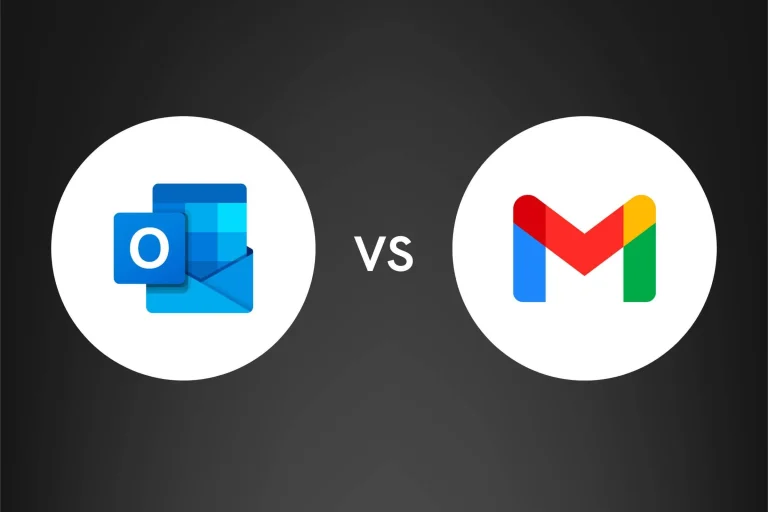1. What is branding and why is it important?
Branding is the process of creating and maintaining a unique identity for a company, product, or service. It involves developing a name, logo, and image that represents the company and sets it apart from its competitors. Branding is important because it helps companies build credibility and trust with their target audience. It also creates a sense of loyalty among customers and helps the company stand out in a crowded marketplace.
2. How to create a strong brand identity?
Creating a strong brand identity involves a combination of research, strategy, and creativity. Here are the steps to follow:
- Define your brand’s mission and values
- Identify your target audience
- Conduct market research to understand your competition
- Develop a unique brand personality and tone of voice
- Create a memorable logo and visual identity
- Consistently apply your brand identity across all touchpoints
3. What are the steps to building a brand?
Building a brand involves the following steps:
- Define your brand’s mission, values, and target audience
- Conduct market research to understand your competition
- Develop a unique brand strategy
- Create a memorable brand name, logo, and visual identity
- Consistently apply your brand identity across all touchpoints
- Monitor and measure your brand’s success
- Continuously evolve and refine your brand strategy
4. How to define your brand personality?
Defining your brand personality involves creating a unique character that represents your company and appeals to your target audience. Here are the steps to follow:
- Identify your brand’s mission, values, and target audience
- Develop a list of personality traits that align with your brand
- Use those traits to create a detailed brand personality profile
- Consistently apply your brand personality across all touchpoints
5. What is a brand strategy?
A brand strategy is a long-term plan for developing and maintaining a consistent brand identity. It involves defining the company’s mission, values, target audience, and brand personality, as well as creating a plan for consistently applying the brand across all touchpoints. The goal of a brand strategy is to create a unique, memorable, and recognizable brand that sets the company apart from its competitors.
6. What are the key elements of a brand?
The key elements of a brand include:
- Brand name
- Logo
- Visual identity
- Brand personality
- Tone of voice
- Brand values
- Unique value proposition
7. How to measure brand equity?
Brand equity refers to the value a brand adds to a company’s products or services. Measuring brand equity involves quantifying the impact of the brand on consumer perceptions and behaviors. Some common methods for measuring brand equity include:
- Customer surveys
- Brand loyalty metrics
- Brand awareness metrics
- Market research studies
8. What is a brand style guide, and why is it important?
A brand style guide is a document that outlines the key elements of a brand, such as a logo, colour palette, typography, and tone of voice. It is important because it helps ensure consistency across all touchpoints, which helps build and maintain the brand’s credibility and trust with its target audience.
9. How to protect your brand name and logo?
Protecting your brand name and logo involves registering trademarks and copyrights for the brand elements. It is also important to monitor for infringement and take necessary action to protect your brand.
The relationship between brand trust and brand loyalty
The relationship between brand trust and brand loyalty is complex, but it’s safe to say that they are both important aspects of brand identity. Brand trust allows customers to feel confident in a brand, while brand loyalty keeps them coming back.
Many factors contribute to brand trust, such as a strong reputation, positive customer reviews, and favorable media coverage. Meanwhile, brand loyalty often results from a great customer experience or a strong emotional connection to the brand.
Both brand trust and brand loyalty are essential for businesses looking to build a successful brand identity. Trust is the foundation that allows businesses to connect with their customers, while loyalty ensures that those customers keep coming back.
















